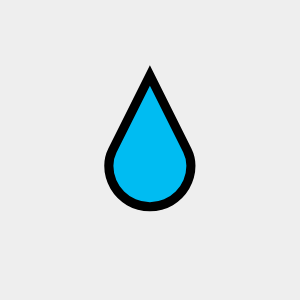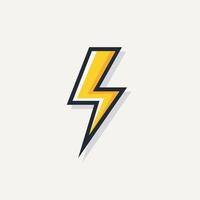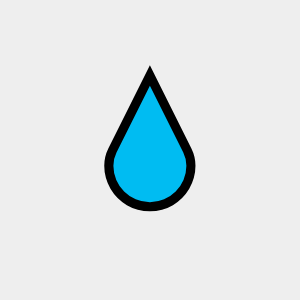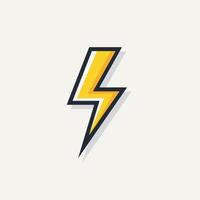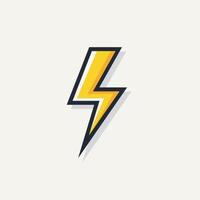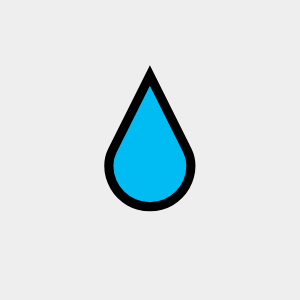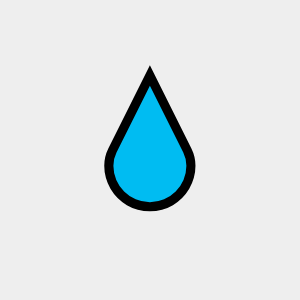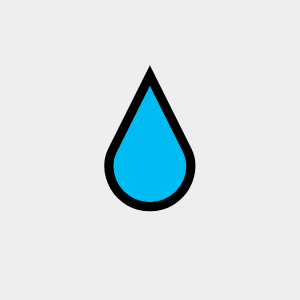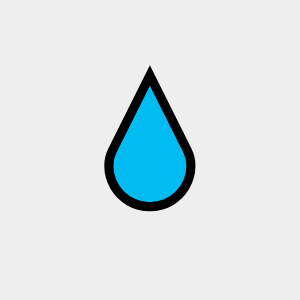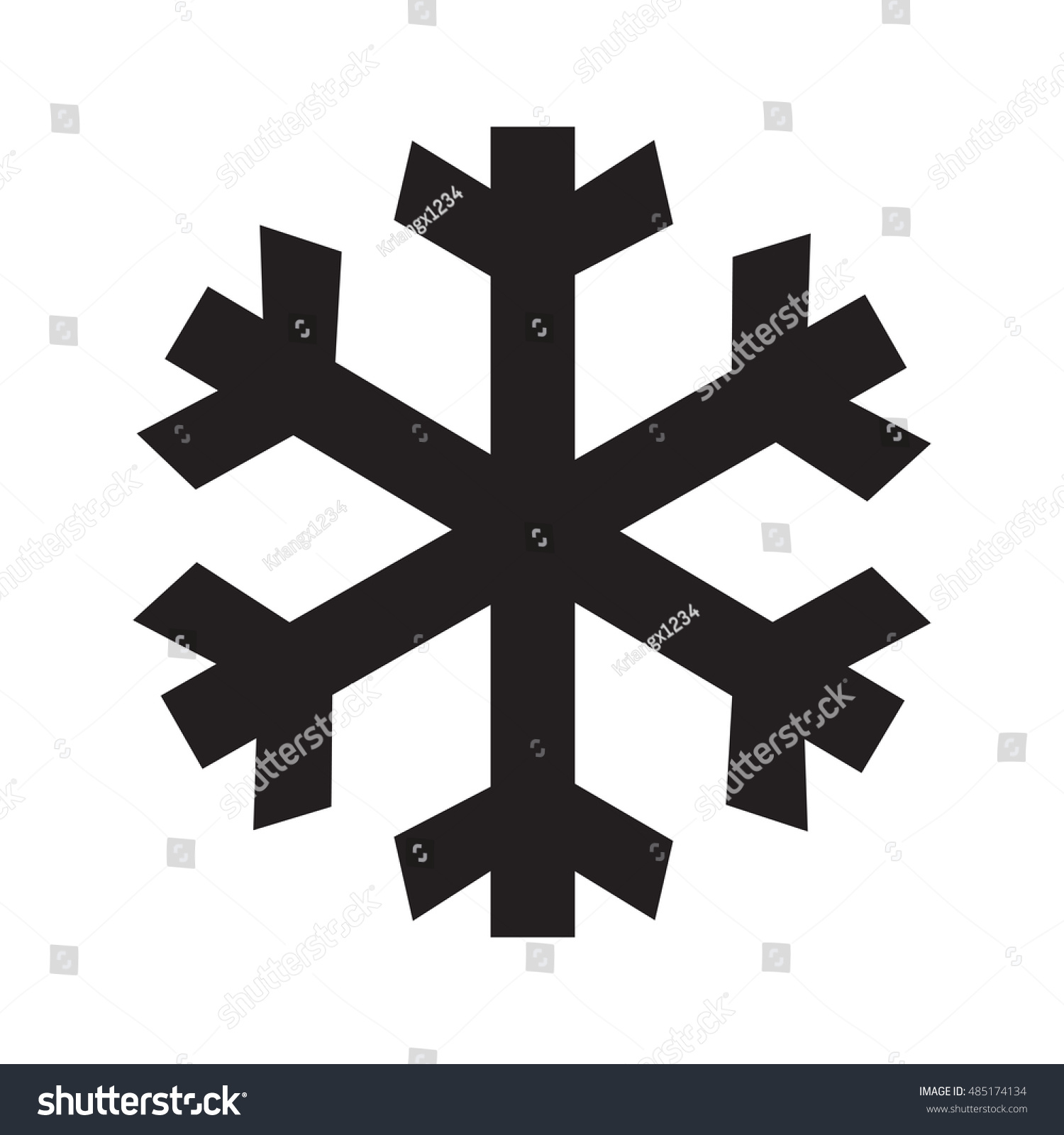Title Page
-
Site conducted
-
Conducted on
-
Prepared by
-
Location
-
Work Order Number
Untitled Page
(T)ools, (S)afety Equipment and (M)aterials
-
Mechanic's tool set
-
Battery tester
-
Cleaning materials
-
Battery hydrometer
-
One gallon of distilled water
Safety Guidelines
-
Schedule work with operating personnel
-
Check with operating personnel for deficiencies
-
Follow site safety rules and your supervisor's instructions
-
Obtain and review manufacturer's instructions
-
Report any problems you find
-
Record the results in the equipment history log
-
The work required by this procedure may cause the activation of an alarm and/or a supervisory<br>signal. Notify the Facility Maintenance Manager, General Services Officer, Message Post #1 or fire department that will receive the alarm and/or signal prior to start of work. On systems which do not have a manual start button, close starting circuit mechanically.
-
Use personal protective equipment when handling fuels or other hazardous materials
-
If fuel is injected through the skin seek emergency medical treatment immediately
Maintenance Procedures
-
Check for proper oil and coolant levels, fuel supply, and exhaust system condition
-
Observe the weekly test start, and ensure that the engine runs for a half hour and then automatically stops. During the weekly test:
-
Observe the engine speed, pump discharge pressure, oil pressure, and ammeter for normal<br>operating range.
-
Ensure the engine coolant reaches normal operating temperature during a 30 minute run time
-
Listen for unusual noise, and check for excessive vibration. Identify sources of noise and vibration
-
Examine the pump packing for excessive water leakage (small leakage is necessary)
-
Check for proper supervisory signals. When applicable, supervised temperature and oil pressure circuits should be mechanically closed and checked for proper signals
-
Adjust the governor run/stop mechanism
-
Clean and inspect the fire pump assembly
-
Clean the exterior housing of the engine, control panel, and related components
-
Remove and inspect the engine air cleaner
-
Inspect the starter, manual contactor, mounting bolts, cables, and electrical connectors. Relamp as necessary
-
Inspect the fuel system for leaks
-
Check the belts for wear and tension. Replace if necessary
-
Inspect and tighten the exhaust system, manifold, and turbo mount. Inspect personal protection insulation for deterioration looseness. Repair as necessary.
-
Check the water jacket heater and oil heater
-
Inspect the gages and controls
-
Inspect the battery and the battery charger
-
Inspect and clean the battery terminals, leads, and casings
-
Check the battery water level and specific gravity. Add distilled water as required. Check the battery voltage
-
Check the operation of the battery charger
-
Inspect the battery alternator for corrosion, looseness, and broken wires. Clean, tighten, and repair as necessary.
-
Return the unit to run status. Alter the environmental condition programmed to start the fire pump, method will prove automatic starting of the fire pump
-
Verify that the unit operates properly
-
Clean up and remove all debris from the work area
Maintenance Hours
-
Estimated time spent on work order?
